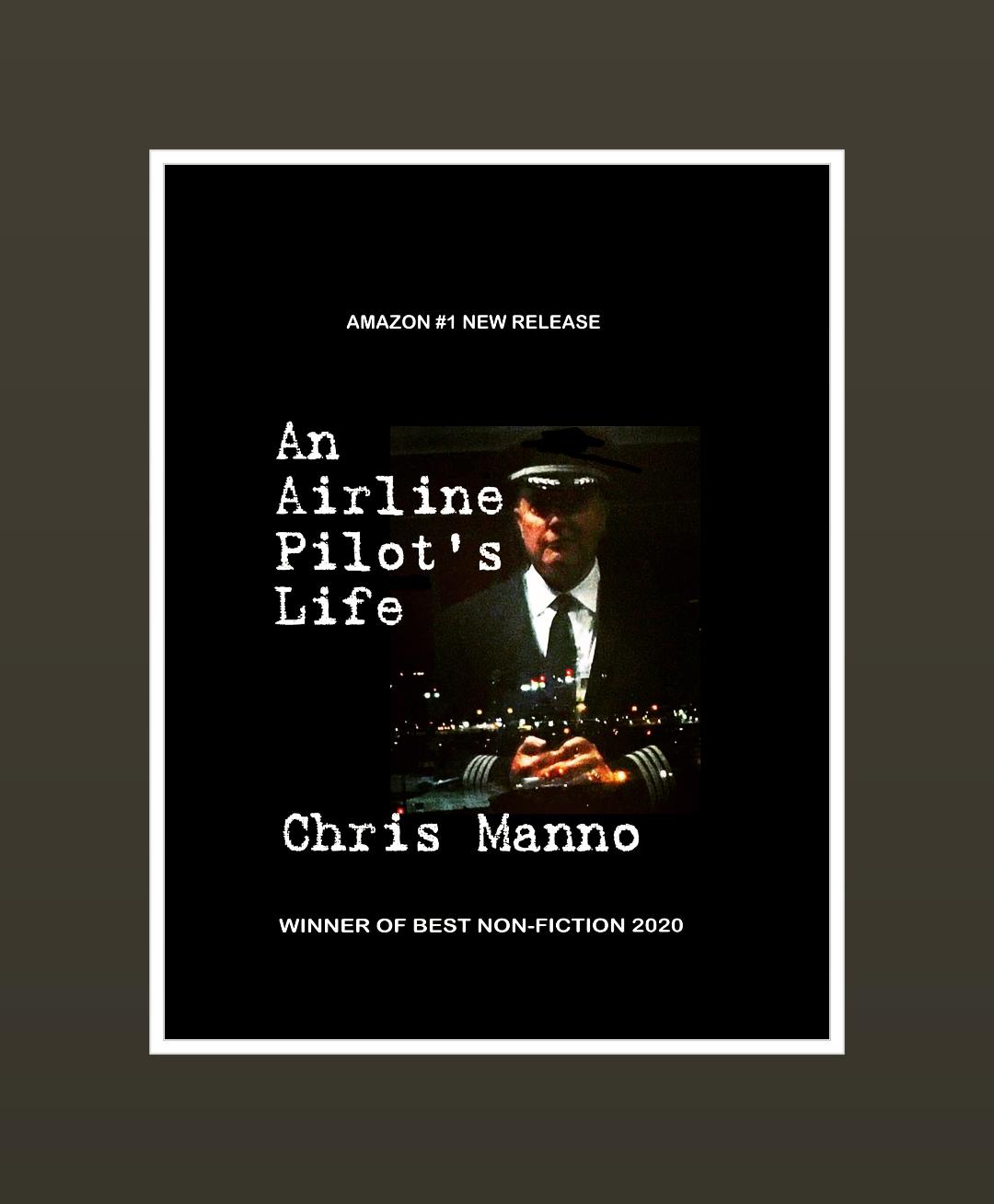Should the Boeing 737-MAX return to scheduled airline flight?

Should the Boeing 737-MAX fly again?
The simple answer is, yes, the Boeing 737-MAX should and, I’m certain, will fly again. But the next question is even more important: is the airline industry prepared to fly the MAX? The answer to that is neither simple nor optimistic. Let me explain.
First, here’s my perspective. I have over 5,000 hours of pilot-in-command time in the Boeing 737-800 as an American Airlines captain. When the airline began to integrate the MAX into our fleet, I went through what I would classify as a very minimal “differences” training program: this is different; this functions in a new way that is actually better though counter-intuitive; this is completely different and ultimately, muscle memory and patterned responses must all be relearned. And that half-day of “training” was actually six months before we’d even put the first MAX into flight ops. Like anyone could or would remember the details for the six months until the jets arrived, or could refresh their “differences” knowledge by reviewing the digital media put together by the Fleet Training staff.
That’s the reality of training at a major airline, where the benefit of a high-time pilot group is mortgaged by the airline bean-counters who will cut the training to the bare minimum because “pilots will figure it out on the line.” That was my exact experience after over 15,000 MD-80 flight hours as I transitioned into the 737 fleet. The old workhorse MD-80 was a simplistic, 1960s-era round-dial dinosaur compared to the advanced flight management systems on the 737-800. Everything from navigation to displays to engine power management was brand new and generation ahead of the Old Maddog I was used to. Don’t get me wrong—I loved the brand new -800 and she was a definite step up from the Douglass world.
But the training, even for a twenty-four-year captain, was like drinking from the firehose or as we’d say in my Air Force pilot days, like cramming ten pounds of shit into a five-pound bag. “It’s alright,” the training folks would say, “You’ll figure it out on the line.” And I did, of course, with the gracious help of a fleet of highly experienced First Officers. Even so, after my initial qualification checkride, I told our Fleet Manager, “You know, coming off the Jurassic Jet, I sure could have used a couple more days to work through this training syllabus.” “Yeah,” he sighed, “When we originally designed the syllabus, it was two days longer. But the bean counters at headquarters said, ‘eighty-percent of the pilots could do it in less time,’ so they shaved two days off to save money.”
I’d seen that before, as an MD-80 Check Airman myself. The FAA had designated several challenging airports as requiring additional pilot instruction to ensure flight safety. One of our MD-80 “special” airports requiring captains to fly their first approach with a Check Airman was Montrose, a ski destination in the Colorado Rockies. As a Check Airman, I’d be given training on an actual flight into Montrose by another Check Airman who’d already been “trained.” In my case, the checkout flight was with a Check Airman buddy who’d been to Montrose exactly once, on his “training” flight. The next day, I’d do the same for another Check Airman, after being their exactly once myself. Get the picture?
Now, fast forward to the MAX’s return. Of course, the FAA will mandate some “training.” And of course, the airline bean-counters will try to shave off training dollars, to cut the cost, to let pilots, especially the very capable and experienced major carrier pilots, “get it on the line.” But the problem with that is there are no high-time MAX pilots, unlike the ones who helped me through my first 500 hours on the 737-800. And no one’s been flying the MAX in years, so there’s really no experience base to draw on by pilots in either seat.
The Allied Pilots Association representing the 15,000 pilots of American Airlines says the MAX training program is inadequate in several areas but the one that stands out is timing: every three years for this vital training, says APA, is totally inadequate. And I totally agree.
Make no mistake about it: the American Airlines pilots are the best in the world and thankfully for all concerned, they’re represented by a strong union with plenty of safety and training expertise. That’s why there have been no problems with MAX flights done by any major U.S. carrier. But what about the small carriers in developing countries with little or no longstanding training, supervision and oversight budget or practice? With low-time, neophyte pilots? The Lion Airs of the world?
The Allied Pilots Association is the canary in the coal mine: if they’re concerned, so am I. If the American Airlines pilots need more and more frequent MAX training, so do the Lion Air pilots. Yes, the MAX can, should, and will fly again. But not until the training is right so the pilots are ready. Period.
________________________________
Live the airline pilot life, from military flying to the world’s largest airline.













